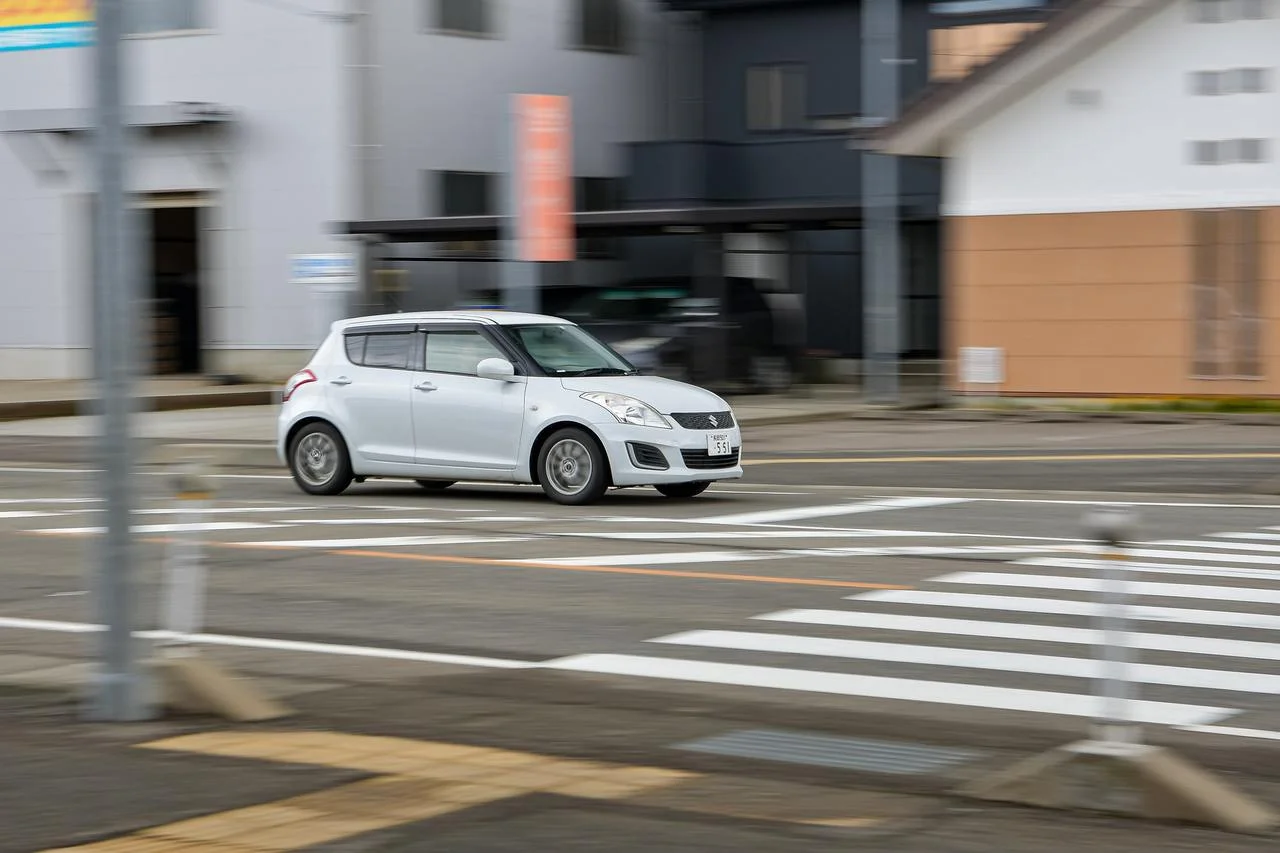Pedestrian Rights After Car Collisions in Florida: Legal Protections

Florida’s bustling streets witness a constant flow of pedestrians navigating their way through the urban landscape. In the unfortunate event of a car collision involving a pedestrian, it’s crucial for individuals to be aware of the legal protections in place. In this blog post, we’ll explore the rights of pedestrians after car collisions in Florida, shedding light on the legal landscape without adopting a sales-focused tone.
Understanding Pedestrian Rights
Pedestrians hold certain rights and protections under Florida law to ensure their safety on roadways. These rights are designed to establish accountability and provide avenues for legal recourse in the aftermath of a car-pedestrian collision.
Right of Way in Crosswalks
Pedestrians have the right of way when crossing the road in designated crosswalks. Drivers are legally obligated to yield to pedestrians in these marked areas. Understanding and asserting this right can be crucial in determining fault in a collision.
Sidewalk Safety
Pedestrians using sidewalks are generally protected from vehicular traffic. Drivers are expected to yield to pedestrians on sidewalks and exercise caution when entering or exiting driveways and parking lots.
Traffic Signal Compliance
Pedestrians are expected to follow traffic signals and cross streets only when signaled to do so. However, even when pedestrians may be crossing against the light, drivers are still required to exercise reasonable care and avoid collisions.
Legal Recourse for Injured Pedestrians
When a pedestrian is involved in a car collision, legal options are available to seek compensation for injuries and damages. It’s important to understand that Florida is a no-fault insurance state, meaning that pedestrians can typically turn to their own personal injury protection (PIP) coverage for immediate medical expenses, regardless of fault.
However, if the injuries are severe or exceed the limits of PIP coverage, the pedestrian may pursue a personal injury claim against the at-fault driver. Establishing negligence on the part of the driver is crucial in these cases and may involve gathering evidence such as witness statements, traffic camera footage, and medical records.
Comparative Negligence in Florida
Florida follows a comparative negligence system, allowing for partial fault to be assigned to both parties involved in a collision. This means that even if a pedestrian is found partially at fault, they may still be eligible for compensation, albeit potentially reduced based on their level of responsibility.
The Importance of Legal Counsel
Navigating the legal complexities of a car-pedestrian collision can be challenging. Seeking advice from experienced personal injury attorneys can help injured pedestrians understand their rights, build a strong case, and pursue fair compensation without a sales-oriented approach.
Conclusion
Understanding the legal protections afforded to pedestrians after car collisions in Florida is crucial for ensuring accountability and seeking fair compensation in the event of injuries. By focusing on information and awareness rather than sales tactics, pedestrians can make informed decisions, navigate the legal process effectively, and work towards a resolution that addresses the aftermath of a collision with justice and clarity.